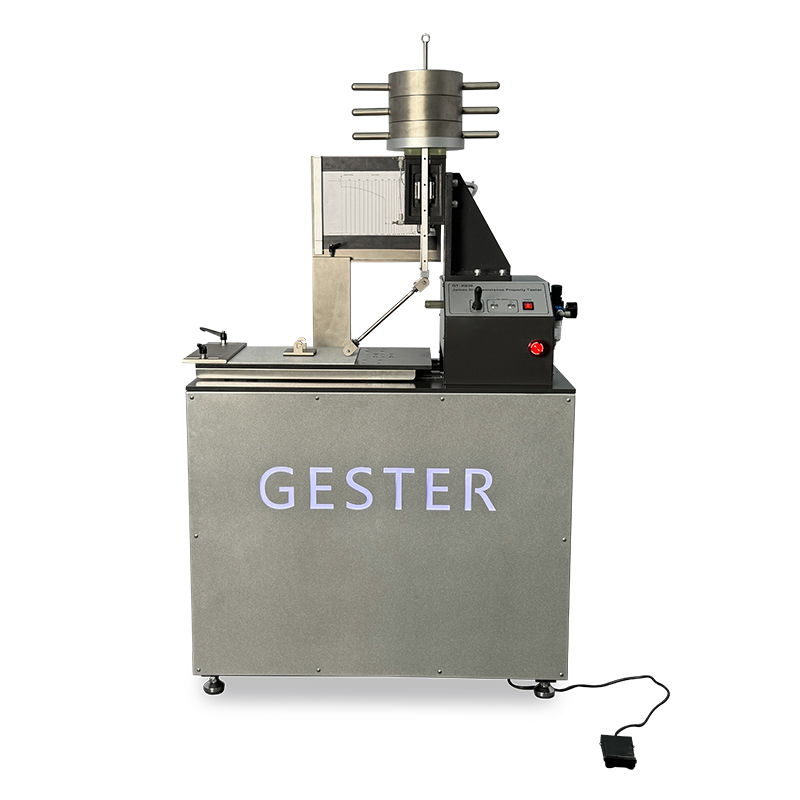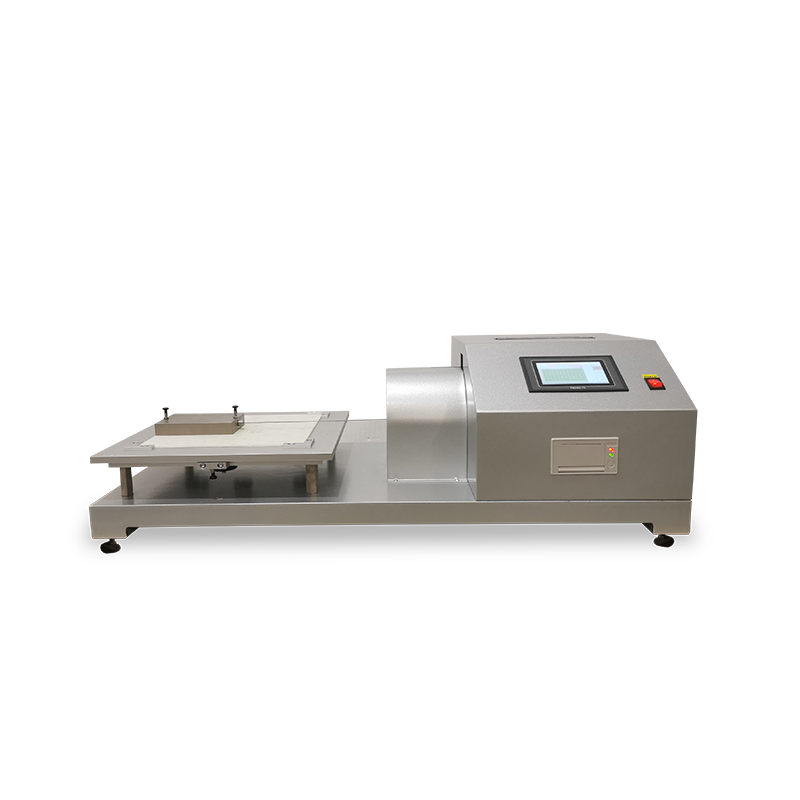Concerning the comfort and safety, the focus on performance of footwear slip resistance is becoming more and more stressed nowadays. This essay, based on the domestic and abroad researches, put emphasis on the main factors which influence the footwear slip resistance. Together with the testing machine and testing method to assess the performance of footwear slip resistance, it also gives some suggestions on how to improve the the test method and how to perfect the slip resistance.
1.The influencing factors
The performance of slip resistance is one of the most important physical project which involved in the sole material quality and wearing safety & health & comfort property. In recent years, European Union and the relevant organizations in the United States are extremely concerned about the potential damage that caused by the failure of slip resistance performance. Many shoes which sells on the market has been recalled because of the unqualified slip resistance performance, mainly related to children’s shoes, plastic shoes and other shoes.
2.Description on Performance of Slip Resistance
When walking, the foot (shoes) will pause for a moment on the ground where it landed. There is a coefficient of static friction (SCOF) between the sole and the road.
If the SCOF is too small, the foot will slide on the ground, there will be a dynamic friction coefficient (DCOF) between the sole and the ground. If the value of DCOF is enough to prevent this kind of sliding of the shoes, the probability of slipping or falling will not occur or the occurrence is small, so safe walking requires the shoes to be subjected to the traction force which is not greater than the friction force it receives. According to Newton's second law, when the pressure is constant, the frictional force of the shoe depends on the friction coefficient. Therefore, the friction coefficient becomes the evaluation standard for the anti-slip performance.
3.Test Method for Footwear Slip Resistance
There are many test methods for friction coefficient, and the shoe slip resistance tester is also various. According to the test principle of friction coefficient, the anti-slip performance method can be divided into horizontal bottom plate oblique thrust method, horizontal bottom plate drag method, tilt angle test method and Pendulum measurement method 4 categories.
3.1 Principle and Measuring Method of Horizontal Floor Oblique Thrust Method
3.1.1 James slip resistance tester
The test method for the James anti-slip performance tester is specified in ASTM F489-96 "Testing Methods for Using James Machines" and ASTM D2047-99 "Test Method for Measuring Static Friction Coefficient of Floor Surfaces Using Brighteners with James Machines".
As a hinge strut slip tester, the James machine applies a constant vertical pressure on the flat tested specimen and then gradually increases the lateral thrust until it is slipped. At this time, the lateral force is the measured sliding static friction and its ratio to the vertical pressure is the static friction coefficient. This type of instrument is used to test the coefficient of static friction on dry roads.

3.1.2 Brungraber Mark Slip resistance
ASTM F1678-96 "Test Method for Portable Hinge Strut Slide Tester (PAST)" and ASTM F1677-96 "Test Method for Portable Tilting Hinge Slip Tester (PIAST)" are used to test the coefficient of friction on the ground under dry or wet conditions. The test principle is similar to James tester. The difference is that Mark is easy to carry and can test the friction coefficient on the road surface when using. In addition, Mark has designed a scale to read the measured value directly from the scale.>>MARK II Slip Resistance Tester GT-KB49
3.1.3 Slip resistance tester
English XL is a variable inclination friction tester which can measure friction coefficient on dry and wet ground(VIT).Its testing methods are described in detail in ASTM F1679-2000《Test method of variable inclination friction tester (VIT) and ASTM D5859 《Measurement of Friction of Footwear Material on Coating Surface by VIT》。It is also a hinged strut structure that operational principle like James and Brungraber Mark.The difference is that instead of relying on gravity, English XL uses a cylinder filled with carbon dioxide to provide pressure.
3.2 Principle Tester and Measuring Method of Horizontal Floor Dragging Method
3.2.1 Horizontal Pull Slipmeter(HPS) slip resistance tester
Reference to ASTM F609-96《Use Method of Horizontal Sliding Performance Tester (HPS)》。
The basic principle is pull the test shoe or sole material at a certain speed under a fixed pressure. The shoe slides relative to the sidewalk surface.The counterweights of weight of HPS is directly linked to the sliding indicator, a sliding device connected to a shoe or sole is connected with a nylon wire and a leading shaft motor,the shoe sole of slides on the pavement surface by the power of an electric motor. This instrument can be used to measure the friction coefficient on wet pavement, due to the use of elastic rope pulling and the lack of fixed structure in the middle of the motor, Like other traction principle testers,the test results on wet pavement are poor attention.>>>Static Slip Resistance Tester GT-KB43

3.2.2 JSMA Slip meter
JSMA Slip meter is a computer controlled sliding tester developed by Japan Shoe Industry Association (JSMA), which can be directly measured by finished shoes. During the test, the shoes are placed on the test machine to test the friction coefficient of the sole to the instrument sole, and apply vertical force to sole in advance, then measure the force when the sole moves horizontally, the ratio of this force to the vertical force applied is the friction coefficient of the sole.Floor materials in daily life can be selected according to the needs of experiments, Such as commercialized stainless steel, PVC tiles, artificial marble, and this together can test the friction coefficient of soles on wet pavement. At present, the standard or regulation of the test method matched with this instrument has not been issued.
3.2.3 GT-7012-BC shoe slip resistance tester
GT-7012-BC shoe slip resistance tester meets the requirements of ISO/TR 11200 《Special protective shoes - slip resistance performance test》 and GB/T 3903.6-2005 《shoes general test method slip resistance performance》standard. It can directly test friction coefficient between finished shoe or formed sole and test pavement. Its working principle is similar to that of JSMA Slip meter, which is to apply a vertical force to the shoe or sole beforehand. The difference is that the JSMA Slip meter is the sole fixed, and the friction between the test pavement and the sole when moving horizontally, GT-7012-BC is the friction force when the sole of the test shoe slides on the fixed test pavement at a certain speed. The ratio of frictional force to vertical pressure is the friction coefficient of sole.
3.3 Tilt angle measurement method
In the DIN 51097-1992《Slip resistance Performance of Material for Paving Ground in Wet Barefoot Places by Oblique Walking Method》and DIN 51130-1992《Slip resistance Property of Paving Materials in Workplaces and Places with High Slip Risk Measured by Oblique Walking Method》, it request a certain number of testers are required to walk on different wet pavement, and the inclination angle of the pavement keeps increasing until the tester is about to slide to it.But there are some problems with this method.
4.Conclusion:
The slip resistance property of sole directly affects the comfort and safety of shoes when they are used. Due to the variety of shoemaking materials, the complex changes of shoes'wearing occasions and sports venues, as well as the different sole structures, etc,Up to now, some progress has been made in the research on the influencing factors of slip resistance performance and related testing and evaluation criteria at home and abroad. A comprehensive understanding of the factors affecting the anti-skid performance of shoes and the relationship between them is an important prerequisite for improving the anti-skid performance of shoes, Especially for a large number of types of daily shoes, it is of great significance to study their anti-skid performance index and detection methods for guiding the design of shoes, improving production technology and developing new varieties.